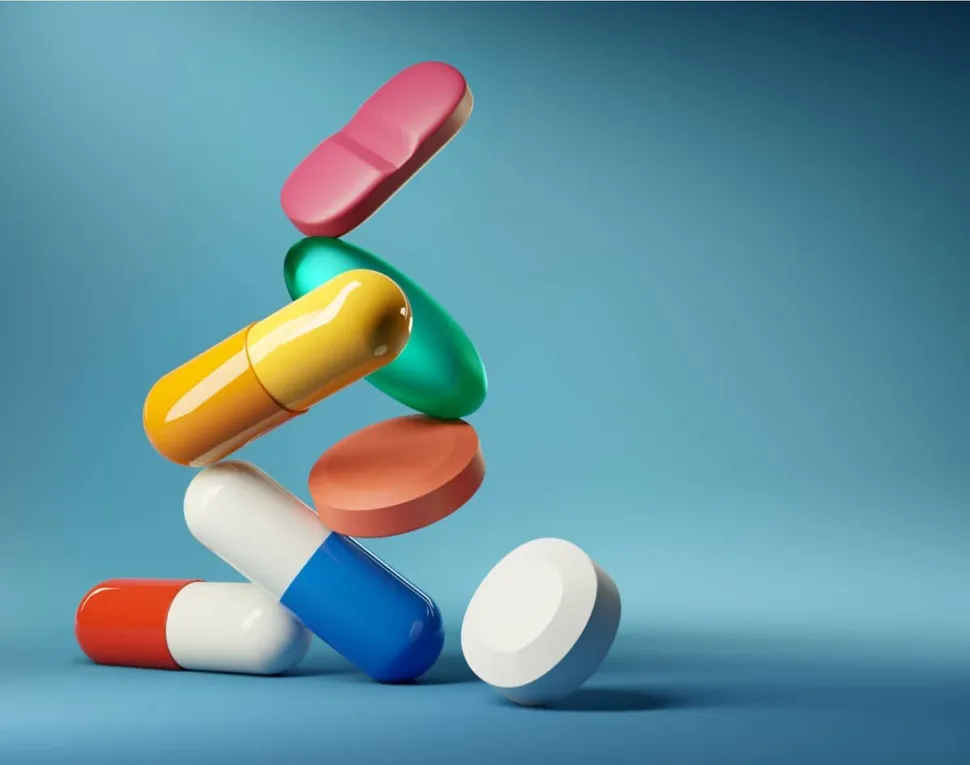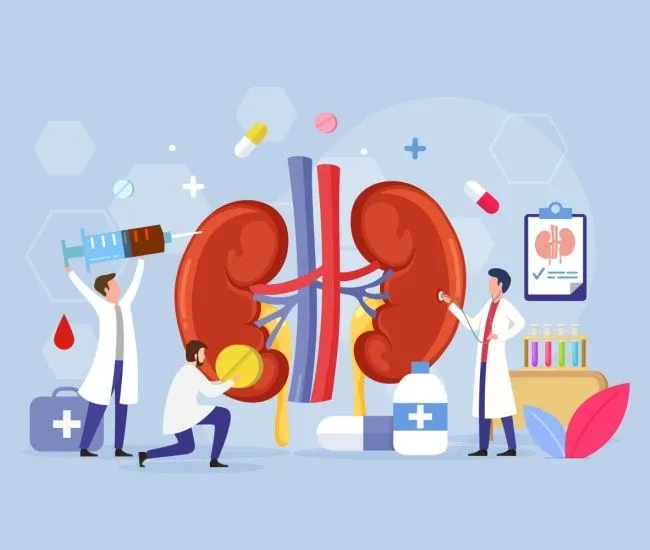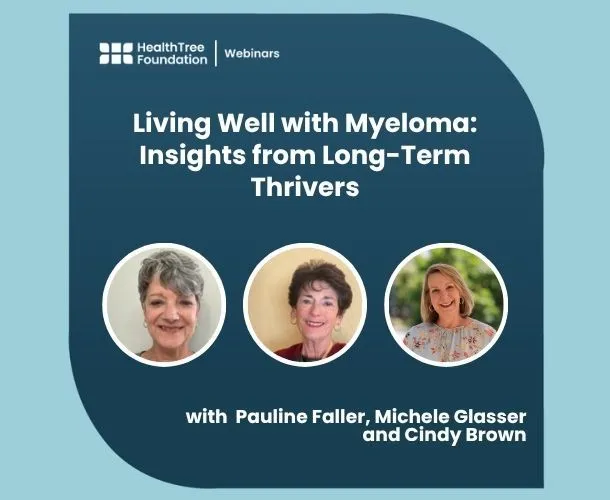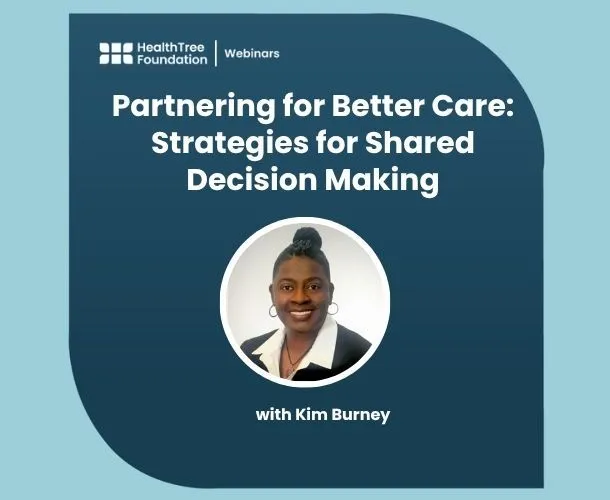New Drug Regulations: Will They Benefit Medicare Beneficiaries or Cause More Harm?

When I really started digging into new rules, and regulations designed to bring discount drugs to seniors, I felt like I was in a maze. For those of you who are heavily reliant on Medicare and drugs, it becomes a more daunting challenge to make the correct decision to choose the right plan to cover your expensive drugs. How do you decipher current moves to lower your prescription cost?
On November 20th, President Trump signed an executive order putting new safe harbor protections for fixed-fee services arrangements between manufacturers and pharmacy benefit managers, (PBM’s). Consequently, seniors are now supposed to see savings via discounts reflected in the price of the drug at the pharmacy counter. This regulation is supposed to encourage lower prices at point-of-sale, (POS) and reduce out-of-pocket spending on prescription drugs.
It is explained that POS discounts will lower out-of-pocket cost for patients using high priced drugs and high rebates, as the rebates will no longer be given to PBM’s and Part D plans. They argue that these rule changes will help Medicare beneficiaries during the deductible or coinsurance phases of their benefits.
According to the current administration, the current plan creates three main problems for patients.
Rebates reward increasing list prices.
How? Rebates are negotiated with pharmaceutical companies. PBM’s and Part D plans typically negotiate rebates as a percentage of the list's price. When prices rise, everyone except the patient benefit. The patient will end up paying more for the drug. Let’s take the drug Revlimid for example. Currently, the list price is between $21k - $22k/month depending on where you live. Your initial overage limit is $4,130, after which you have to pay 25% of the list price until you reach your out-of-pocket limit of $6,550 you then enter the Catastrophic Coverage phase. So, if you are paying 25% of the list price of a high-cost drug and it is a tier 1 drug your out-of-pocket could be quite high. This is where the new bill is supposed to give the rebates to the patient, not to the PBM’s or the D Plans.
If negotiations favor higher rebates instead of lower-cost drugs, it can lead to higher prices. Nearly all drug companies taking a January 2019 increase announced that all or nearly all of the increase was being paid to PBM’s or insurers as rebates.
By redesigning the anti-kickback statute safe harbors to protect upfront discounts, this rule will eliminate the incentives for plans and pharmacies benefit managers to negotiate higher prices and drug companies will no longer be able to cite their rebate contracts as an excuse to keep raising their prices.
When Drug companies pay rebates and other payments to pharmacy benefit managers, these payments are not reflected in out-of-pocket drug costs.
The average difference between the list price of a drug and the net price after a rebate is nearly 30% for brand drugs. And again, these rebates do not reduce the cost-sharing price to the patient. Let’s look at some examples.
- If the patient is spending out-of-pocket up to their deductible, they are paying the agreed-upon amount between the plan and the pharmacy, which is usually based on the drugs list price, (the highest price) and not taking into consideration any rebates to plans.
- If a patient is also paying coinsurance, which is usually the case with expensive specialty drugs like Revlimid, they pay it as a percentage of the amount agreed upon by the plan and the pharmacy, again usually based in some way on the agreed-upon list price, and whether the plan received a rebate doesn’t usually affect the price.
- In some cases, the patient's cost-sharing alone can be higher than the net price paid by the health plan after rebates.
By amending the new safe harbor rules to offer protection for the reduction of prices that are reflected at the point of sale, to the patient, the rule provides a strong incentive for drug manufactures to offer discounts that are going to benefit Medicare beneficiaries by lowering their out-of-pocket cost at the counter.
The current rebate safe harbor system discourages the use of safe, effective lower-priced generics and biosimilars.
(A biosimilar is a biologic medical product highly similar to another already approved biological medicine.)
Let’s again use Revlimid as an example. Approved to treat Myeloma it has become the powerhouse and the bottom-line maker for the company. In 2016 it brought in $5.8 billion, a 16% increase year over year. In 2016 it brought in $6.6 billion, which was more than 60% of the company’s expected sales for all their drugs for the full year. That projection is expected to be between $10.5 billion and $11 billion. The projected 2020 sales for Revlimid alone is $10.2 billion.
Here is the main reason for the high price. Revlimid had no competitors. However, now patents are soon to expire and some biosimilars are on their way. In 2015 Bristol Meyers Squibb struck a deal with India’s Natco Pharma allowing them to launch a biosimilar in 2022, in a very limited way through 2025. Hence, Bristol Myers Squibb can continue to rack in dollars for this high-priced drug because there is only a restricted competitor. In 2026 the biosimilar will have full selling rights. The list price paid as a % by patients will then likely be much lower as a result. However, be aware- their Myeloma follow-up drug Pomalyst is also breaking sales records with Bristol Myers Squibb. It could eventually become the bottom-line maker for Bristol Myers Squibb as Revlimid prices drop as a result of the new competitor in the market. As a result, it will likely be the patients who, without any good safe harbor rules in place to provide them with at the counter discounts, and without a biosimilar in place for competition, (which helps lower the price), will continue to shoulder the load of the high price of Pomalyst at the counter.
I think we can all appreciate the need for some kind of drug cost regulation reform. There are arguments that the new regulation will cause even more price wars. We will continue to study this and the consequences to your bottom line in our next article expanding on the consequences to Private Insurance Holders.
You can visit these sites for additional information on this topic:
U.S Dept. of Health & Human Services
Diahanna Vallentine, BCPA - Myeloma Financial Coach
FIND OR BECOME A MYELOMA COACH
When I really started digging into new rules, and regulations designed to bring discount drugs to seniors, I felt like I was in a maze. For those of you who are heavily reliant on Medicare and drugs, it becomes a more daunting challenge to make the correct decision to choose the right plan to cover your expensive drugs. How do you decipher current moves to lower your prescription cost?
On November 20th, President Trump signed an executive order putting new safe harbor protections for fixed-fee services arrangements between manufacturers and pharmacy benefit managers, (PBM’s). Consequently, seniors are now supposed to see savings via discounts reflected in the price of the drug at the pharmacy counter. This regulation is supposed to encourage lower prices at point-of-sale, (POS) and reduce out-of-pocket spending on prescription drugs.
It is explained that POS discounts will lower out-of-pocket cost for patients using high priced drugs and high rebates, as the rebates will no longer be given to PBM’s and Part D plans. They argue that these rule changes will help Medicare beneficiaries during the deductible or coinsurance phases of their benefits.
According to the current administration, the current plan creates three main problems for patients.
Rebates reward increasing list prices.
How? Rebates are negotiated with pharmaceutical companies. PBM’s and Part D plans typically negotiate rebates as a percentage of the list's price. When prices rise, everyone except the patient benefit. The patient will end up paying more for the drug. Let’s take the drug Revlimid for example. Currently, the list price is between $21k - $22k/month depending on where you live. Your initial overage limit is $4,130, after which you have to pay 25% of the list price until you reach your out-of-pocket limit of $6,550 you then enter the Catastrophic Coverage phase. So, if you are paying 25% of the list price of a high-cost drug and it is a tier 1 drug your out-of-pocket could be quite high. This is where the new bill is supposed to give the rebates to the patient, not to the PBM’s or the D Plans.
If negotiations favor higher rebates instead of lower-cost drugs, it can lead to higher prices. Nearly all drug companies taking a January 2019 increase announced that all or nearly all of the increase was being paid to PBM’s or insurers as rebates.
By redesigning the anti-kickback statute safe harbors to protect upfront discounts, this rule will eliminate the incentives for plans and pharmacies benefit managers to negotiate higher prices and drug companies will no longer be able to cite their rebate contracts as an excuse to keep raising their prices.
When Drug companies pay rebates and other payments to pharmacy benefit managers, these payments are not reflected in out-of-pocket drug costs.
The average difference between the list price of a drug and the net price after a rebate is nearly 30% for brand drugs. And again, these rebates do not reduce the cost-sharing price to the patient. Let’s look at some examples.
- If the patient is spending out-of-pocket up to their deductible, they are paying the agreed-upon amount between the plan and the pharmacy, which is usually based on the drugs list price, (the highest price) and not taking into consideration any rebates to plans.
- If a patient is also paying coinsurance, which is usually the case with expensive specialty drugs like Revlimid, they pay it as a percentage of the amount agreed upon by the plan and the pharmacy, again usually based in some way on the agreed-upon list price, and whether the plan received a rebate doesn’t usually affect the price.
- In some cases, the patient's cost-sharing alone can be higher than the net price paid by the health plan after rebates.
By amending the new safe harbor rules to offer protection for the reduction of prices that are reflected at the point of sale, to the patient, the rule provides a strong incentive for drug manufactures to offer discounts that are going to benefit Medicare beneficiaries by lowering their out-of-pocket cost at the counter.
The current rebate safe harbor system discourages the use of safe, effective lower-priced generics and biosimilars.
(A biosimilar is a biologic medical product highly similar to another already approved biological medicine.)
Let’s again use Revlimid as an example. Approved to treat Myeloma it has become the powerhouse and the bottom-line maker for the company. In 2016 it brought in $5.8 billion, a 16% increase year over year. In 2016 it brought in $6.6 billion, which was more than 60% of the company’s expected sales for all their drugs for the full year. That projection is expected to be between $10.5 billion and $11 billion. The projected 2020 sales for Revlimid alone is $10.2 billion.
Here is the main reason for the high price. Revlimid had no competitors. However, now patents are soon to expire and some biosimilars are on their way. In 2015 Bristol Meyers Squibb struck a deal with India’s Natco Pharma allowing them to launch a biosimilar in 2022, in a very limited way through 2025. Hence, Bristol Myers Squibb can continue to rack in dollars for this high-priced drug because there is only a restricted competitor. In 2026 the biosimilar will have full selling rights. The list price paid as a % by patients will then likely be much lower as a result. However, be aware- their Myeloma follow-up drug Pomalyst is also breaking sales records with Bristol Myers Squibb. It could eventually become the bottom-line maker for Bristol Myers Squibb as Revlimid prices drop as a result of the new competitor in the market. As a result, it will likely be the patients who, without any good safe harbor rules in place to provide them with at the counter discounts, and without a biosimilar in place for competition, (which helps lower the price), will continue to shoulder the load of the high price of Pomalyst at the counter.
I think we can all appreciate the need for some kind of drug cost regulation reform. There are arguments that the new regulation will cause even more price wars. We will continue to study this and the consequences to your bottom line in our next article expanding on the consequences to Private Insurance Holders.
You can visit these sites for additional information on this topic:
U.S Dept. of Health & Human Services
Diahanna Vallentine, BCPA - Myeloma Financial Coach
FIND OR BECOME A MYELOMA COACH

about the author
Diahanna Vallentine
Diahanna is the Financial Program Manager for the HealthTree Foundation, specializing in financial help for multiple myeloma and AML patients. As a professional financial consultant and former caregiver of her husband who was diagnosed with multiple myeloma, Diahanna perfectly understands the financial issues facing myeloma patients.
More on Navigating Your Health
Trending Articles




Get the Latest Multiple Myeloma Updates, Delivered to You.
By subscribing to the HealthTree newsletter, you'll receive the latest research, treatment updates, and expert insights to help you navigate your health.
Together we care.
Together we cure.
3x Faster.













